Come play at the RIBA’s Brutalist Playground by Assemble and Simon Terrill
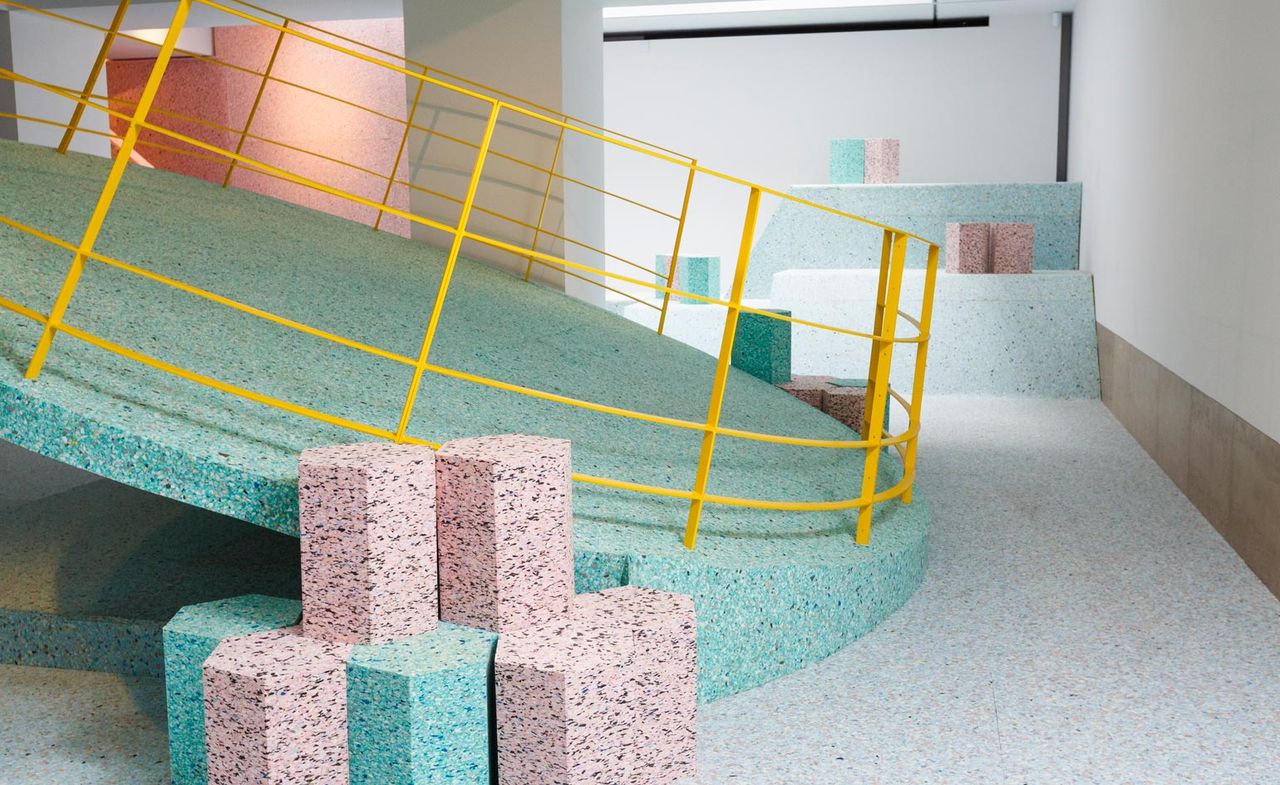
Summer is synonymous to playing outside and in keeping with the season, an exciting new exhibition at London's RIBA headquarters looks into contemporary issues surrounding play through a decidedly architectural lens. The brainchild of recent Turner Prize-nominees Assemble, the 2010-established architecture and design collective based in East London, and artist Simon Terrill, The Brutalist Playground is a comment, or homage, to the playgrounds built for mid-twentieth century housing, which are now largely considered unsuitable for play.
Traditionally cast in concrete, a material today near-unthinkable for a children's playground, the complexes are often beautiful, sculptural pieces, evoking 'a disappearing world of concrete mazes and windswept walkways' as Terrill explains. The team documented these abstract compositions, scattered in various London locations. References include estates such as Churchill Gardens in Pimlico and the Brownfield Estate in Poplar. The team worked closely with the RIBA collections to project archive images of the original playgrounds on the walls.
Examining the playgrounds of post-war urbanity, the display is a landscape of shapes and colours - and one that the visitor can explore first hand, as guests are invited to take their shoes off and jump into the exhibit. There are steps, a tower and mini bollard-stools, as well as a 'flying saucer', echoing the one at Churchill Gardens, which, the team reveals, 'is what started the exhibition'. 'These structures are immobile and it is the movement of the visitors that makes them exciting,' says Assemble's Jane Hall.
The exhibition, described by the RIBA as 'part-sculpture, part-architectural installation', takes over the entire Architecture Gallery. Created out of chip foam, it looks rigid and hard, but up-close feels soft and welcoming. As such, it plays with ideas of safety and risk-taking on the playground. 'It is a bit tongue in cheek but we played by the rules,' says Assemble's Joe Halligan. 'Is risk a bad thing?' he asks.
A wide-ranging public program of talks, debates, film screenings, workshops and events for families will accompany the show, which is also an official part of the 2015 London Festival of Architecture.
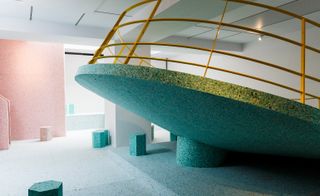
The show features abstract shapes that reference existing London playgrounds, such as the 'flying saucer', found in Pimlico's Churchill Gardens by Powell and Moya. Images for RIBA
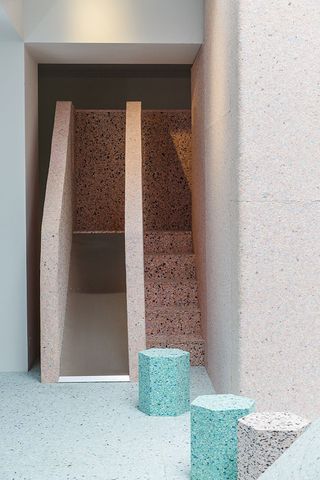
It may seem hard, at first glance, but the installation is in fact soft and welcoming, clad in foam. Images for RIBA
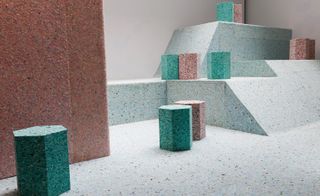
Visitors are encouraged to take their shoes off and explore the installation first hand. Images for RIBA
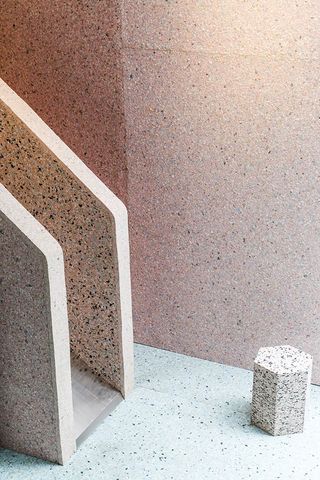
Paying homage to London's mid-20th-century housing estates' playgrounds, the installation will be on view throughout the summer. Images for RIBA
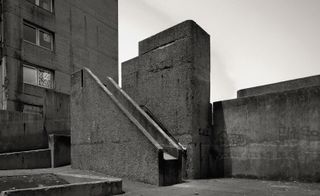
The Balfron Tower's concrete playground provided inspitation for the team.
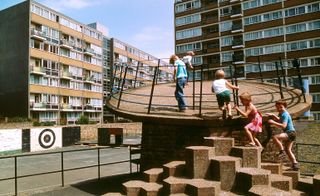
The Churchill Gardens estate in West London has one of the capital's most recognisable modernist playgrounds.
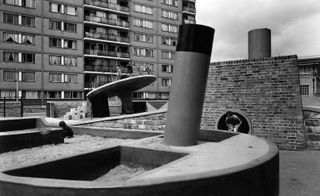
Churchill Gardens' 'flying saucer' is echoed in the installation's structure.
ADDRESS
Architecture Gallery at RIBA
66 Portland Place
London, W1
Wallpaper* Newsletter
Receive our daily digest of inspiration, escapism and design stories from around the world direct to your inbox.
Ellie Stathaki is the Architecture & Environment Director at Wallpaper*. She trained as an architect at the Aristotle University of Thessaloniki in Greece and studied architectural history at the Bartlett in London. Now an established journalist, she has been a member of the Wallpaper* team since 2006, visiting buildings across the globe and interviewing leading architects such as Tadao Ando and Rem Koolhaas. Ellie has also taken part in judging panels, moderated events, curated shows and contributed in books, such as The Contemporary House (Thames & Hudson, 2018), Glenn Sestig Architecture Diary (2020) and House London (2022).
-
 ICON 4x4 goes EV, giving their classic Bronco-based restomod an electric twist
ICON 4x4 goes EV, giving their classic Bronco-based restomod an electric twistThe EV Bronco is ICON 4x4’s first foray into electrifying its range of bespoke vintage off-roaders and SUVs
By Jonathan Bell Published
-
 ‘Dressed to Impress’ captures the vivid world of everyday fashion in the 1950s and 1960s
‘Dressed to Impress’ captures the vivid world of everyday fashion in the 1950s and 1960sA new photography book from The Anonymous Project showcases its subjects when they’re dressed for best, posing for events and celebrations unknown
By Jonathan Bell Published
-
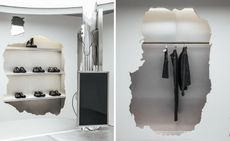 Inside Camperlab’s Harry Nuriev-designed Paris store, a dramatic exercise in contrast
Inside Camperlab’s Harry Nuriev-designed Paris store, a dramatic exercise in contrastThe Crosby Studios founder tells Wallpaper* the story behind his new store design for Mallorcan shoe brand Camperlab, which centres on an interplay between ‘crushed concrete’ and gleaming industrial design
By Jack Moss Published
-
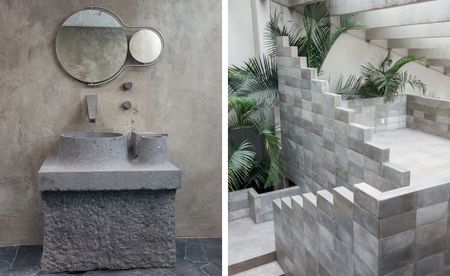 Brutalist bathrooms that bare all
Brutalist bathrooms that bare allBrutalist bathrooms: from cooling concrete flooring to volcanic stone basins, dip into the stripped-back aesthetic with these inspiring examples from around the world
By Tianna Williams Published
-
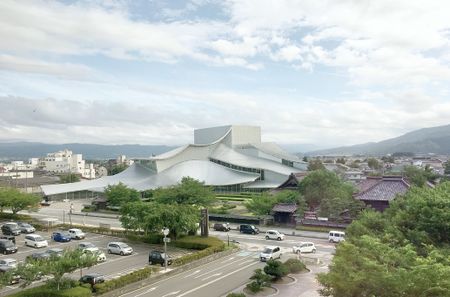 And the RIBA Royal Gold Medal 2025 goes to... SANAA!
And the RIBA Royal Gold Medal 2025 goes to... SANAA!The RIBA Royal Gold Medal 2025 winner is announced – Japanese studio SANAA scoops the prestigious architecture industry accolade
By Ellie Stathaki Published
-
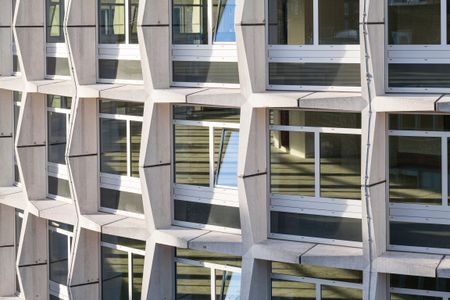 Space House: explore the brutalist London landmark’s new chapter
Space House: explore the brutalist London landmark’s new chapterSpace House, a landmark of brutalist architecture by Richard Seifert & Partners in London’s Covent Garden, is back following a 21st-century redesign by Squire & Partners and developer Seaforth Land
By Ellie Stathaki Published
-
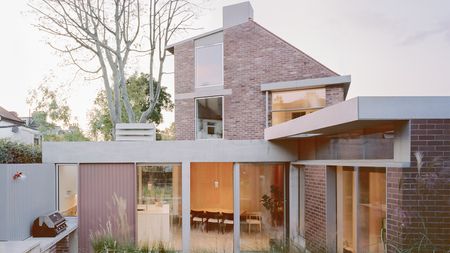 The RIBA House of the Year 2024 winner is a delightful work in progress
The RIBA House of the Year 2024 winner is a delightful work in progressThe winner of the RIBA House of the Year 2024 is Six Columns in south London – the home of architect and 31/44 studio co-founder William Burges
By Ellie Stathaki Published
-
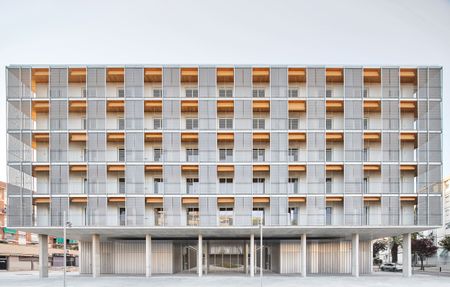 RIBA International Prize 2024 goes to 'radical housing' in Barcelona
RIBA International Prize 2024 goes to 'radical housing' in BarcelonaRIBA International Prize 2024 has been announced, and the winner is Modulus Matrix: 85 Social Housing in Cornellà, designed by Peris + Toral Arquitectes in Barcelona
By Ellie Stathaki Published
-
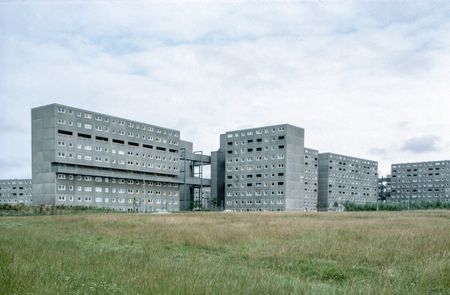 ‘Concrete Dreams’: rethinking Newcastle’s brutalist past
‘Concrete Dreams’: rethinking Newcastle’s brutalist pastA new project and exhibition at the Farrell Centre in Newcastle revisits the radical urban ideas that changed Tyneside in the 1960s and 1970s
By Smilian Cibic Published
-
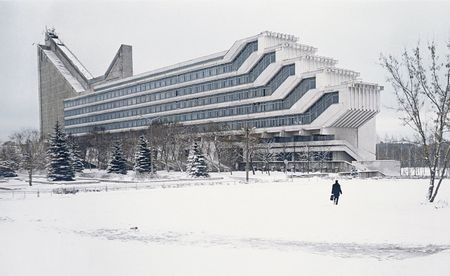 Soviet brutalist architecture: beyond the genre's striking image
Soviet brutalist architecture: beyond the genre's striking imageSoviet brutalist architecture offers eye-catching imagery; we delve into the genre’s daring concepts and look beyond its buildings’ photogenic richness
By Edwin Heathcote Published
-
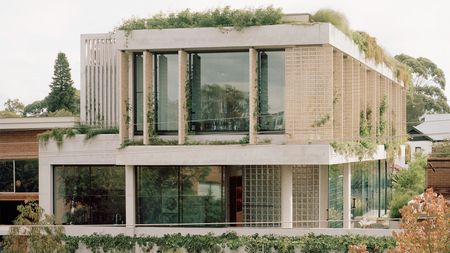 Is Rochester Street Office a creative worker’s dream? Inside a Sydney workspace echoing calmness and light
Is Rochester Street Office a creative worker’s dream? Inside a Sydney workspace echoing calmness and lightRochester Street Office by Allied_Office merges utilitarian design with cascading vegetation, presenting a thriving environment for creativity and collaboration
By Tianna Williams Published